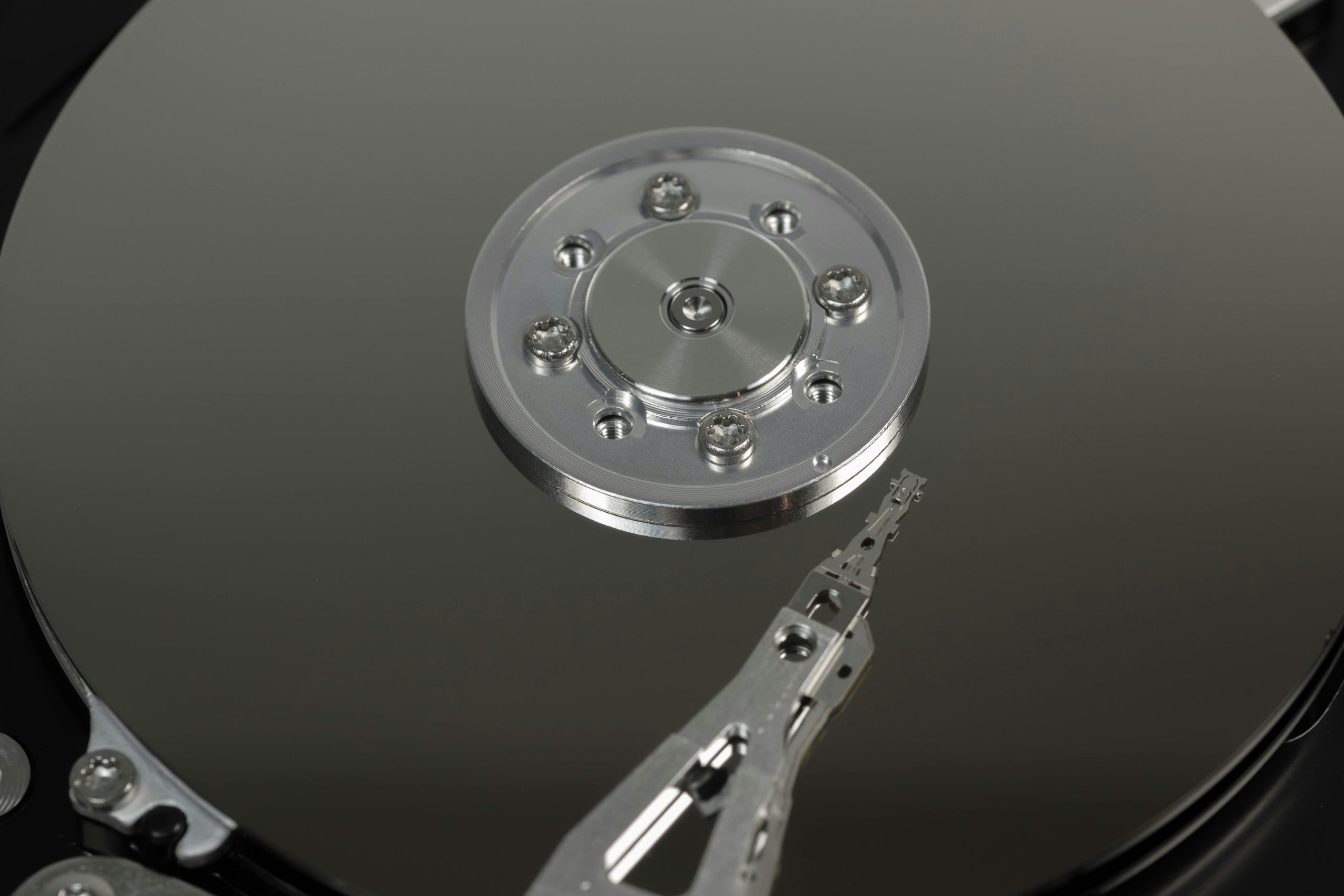Troubleshooting a Full C Drive: What to Do When Your PC Won’t Boot
A recent experience highlighted the importance of maintaining sufficient disk space on the primary drive. In this case, a user temporarily installed a game onto their C drive while awaiting the arrival of a secondary hard drive. However, shortly after, the PC failed to boot properly, displaying only a black screen upon startup.
Understanding the Issue
The C drive, often designated as the primary partition where the operating system is installed, plays a crucial role in the overall functionality of your computer. Running low on disk space on this drive can lead to various issues, including system instability and boot failures. When space is critically limited, system processes may be unable to operate correctly, resulting in start-up problems.
Common Causes of Boot Failures Related to a Full C Drive
- Insufficient space for Windows to perform necessary system operations
- Corruption of system files due to lack of storage
- Inability of the system to load necessary boot components
- Potential conflicts caused by newly installed applications or files
Steps to Troubleshoot and Resolve the Black Screen at Startup
-
Boot into Safe Mode:
Attempt to start Windows in Safe Mode by pressing the F8 key (or Shift + F8) during startup, or via Windows Recovery options. Safe Mode loads minimal drivers, allowing you to troubleshoot the core issues. -
Free Up Disk Space:
Once in Safe Mode, check the available space on your C drive. Delete unnecessary files, clear temporary files using Disk Cleanup, and uninstall unneeded applications. Ensuring at least 10-15% free space can significantly improve system stability. -
Run System Checks:
Use tools like System File Checker (sfc /scannow) and Check Disk (chkdsk /f /r) to identify and repair potential file system errors that may prevent Windows from booting. -
Inspect Recent Changes:
If the problem started after installing new applications or files, consider removing those to rule out conflicts. -
Restore or Repair Windows:
If issues persist, utilize Windows Recovery options to perform a system restore to a previous working state, or perform a repair installation.
Prevention Tips
- Maintain adequate free space on your primary drive; generally, aim to keep at least 15% of total capacity free.
- Regularly monitor disk usage to prevent sudden shortages.
- Be cautious when installing
Share this content:



